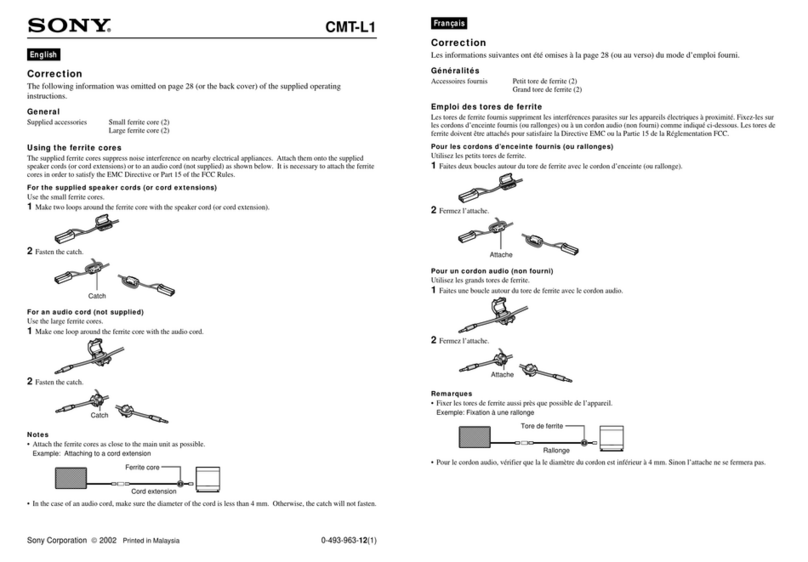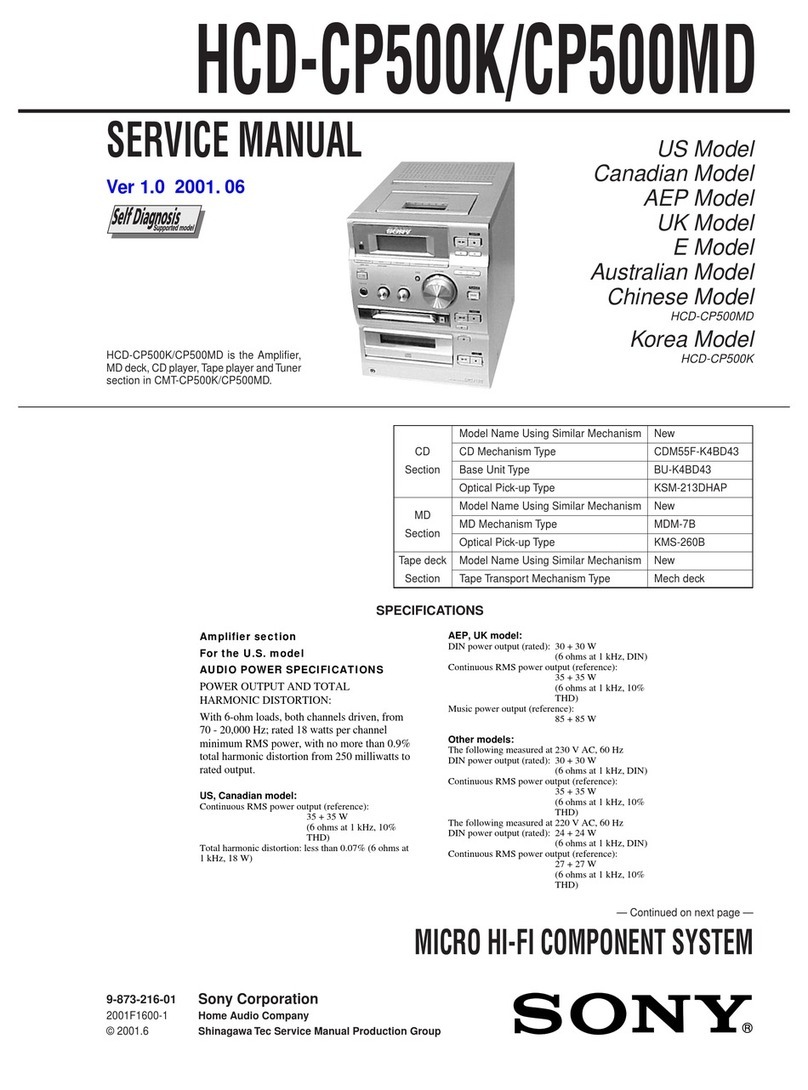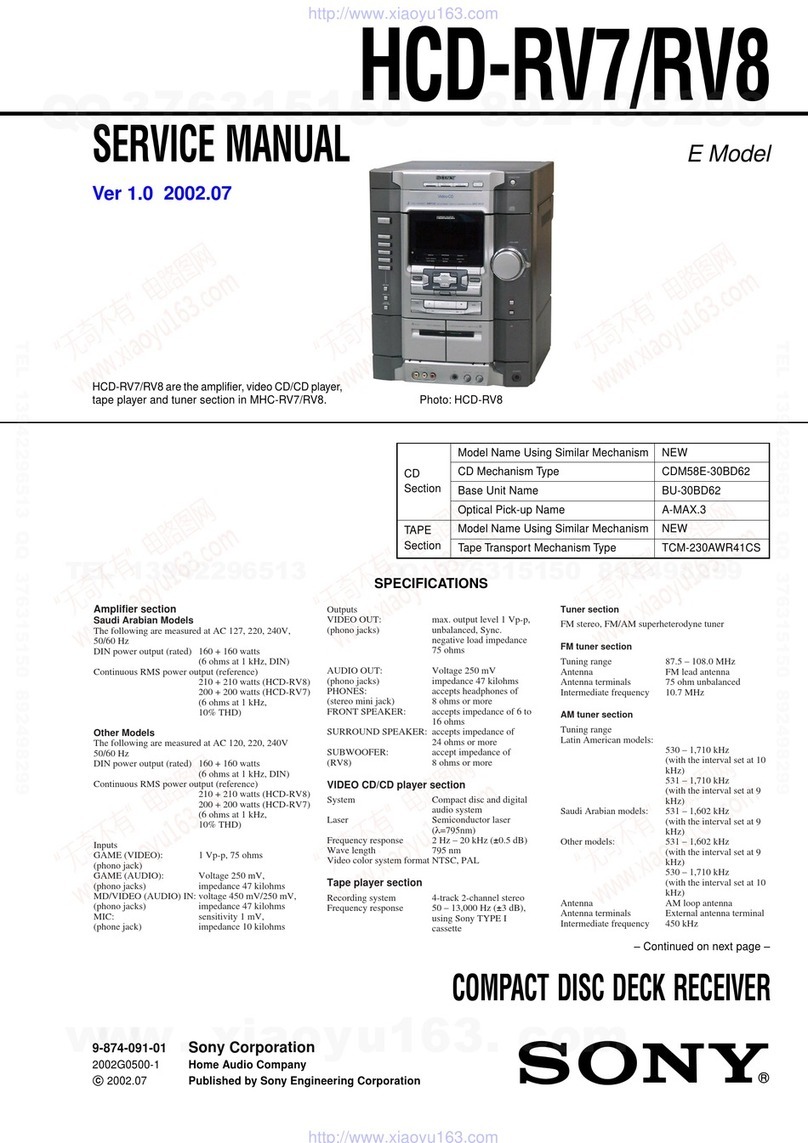Sony FH-G50 User manual
Other Sony Stereo System manuals

Sony
Sony CMT-Z100DIR User manual
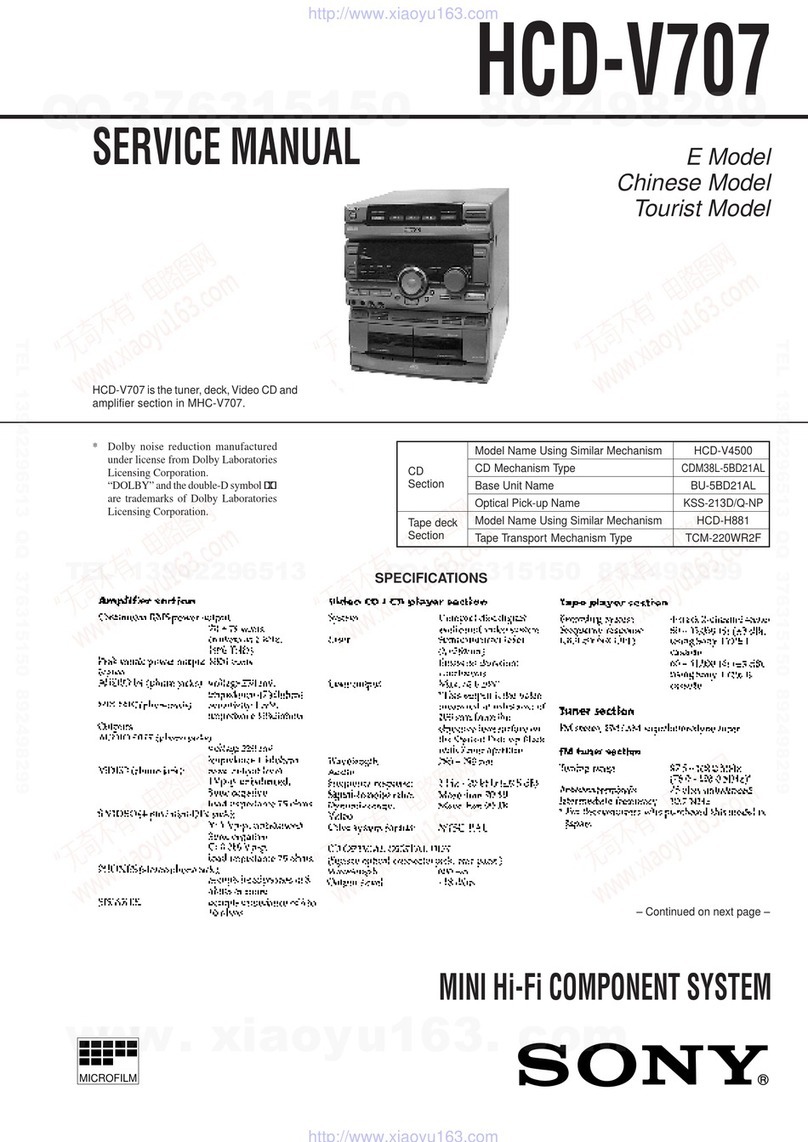
Sony
Sony HCD-V707 User manual
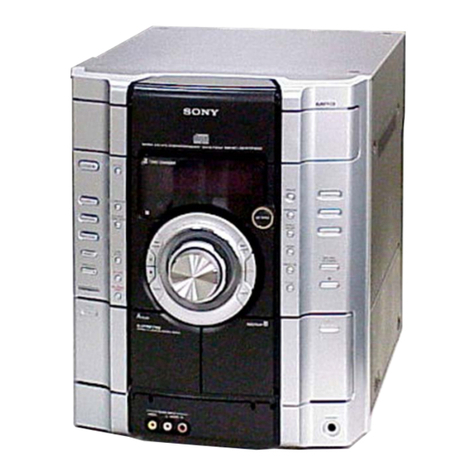
Sony
Sony HCD-GX750 - System Components User manual

Sony
Sony PHC-ZW770L User manual
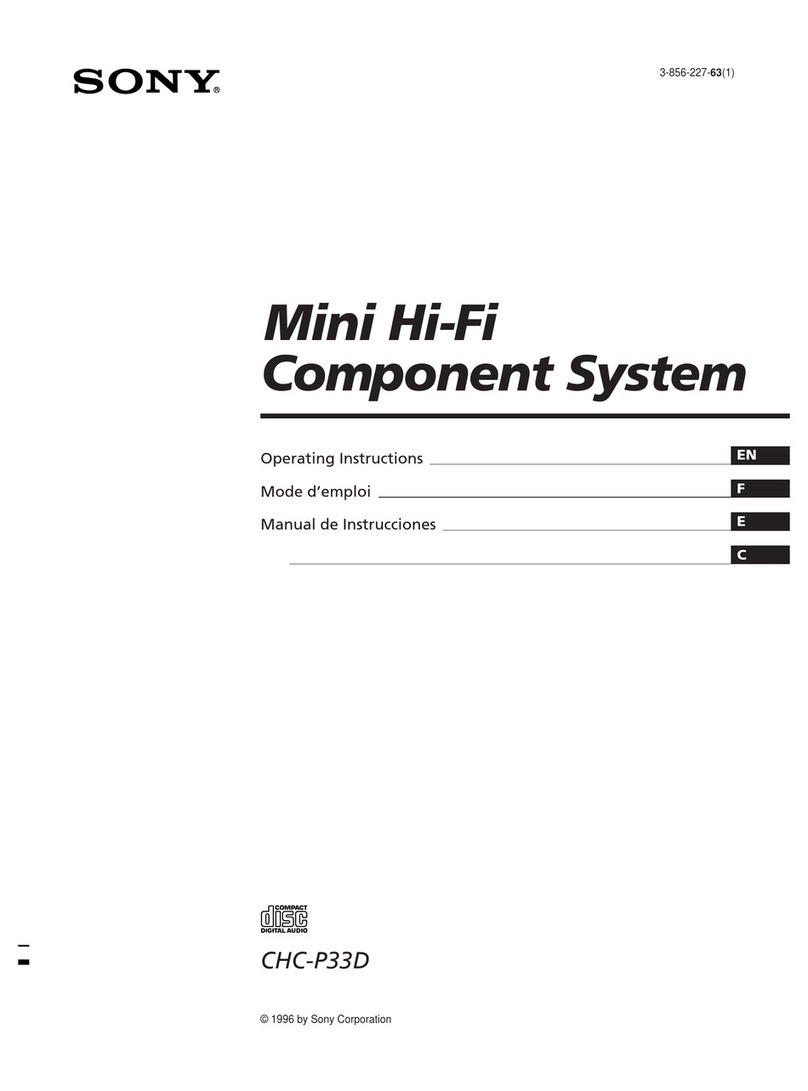
Sony
Sony CHC-P33D User manual

Sony
Sony WX-900BT User manual
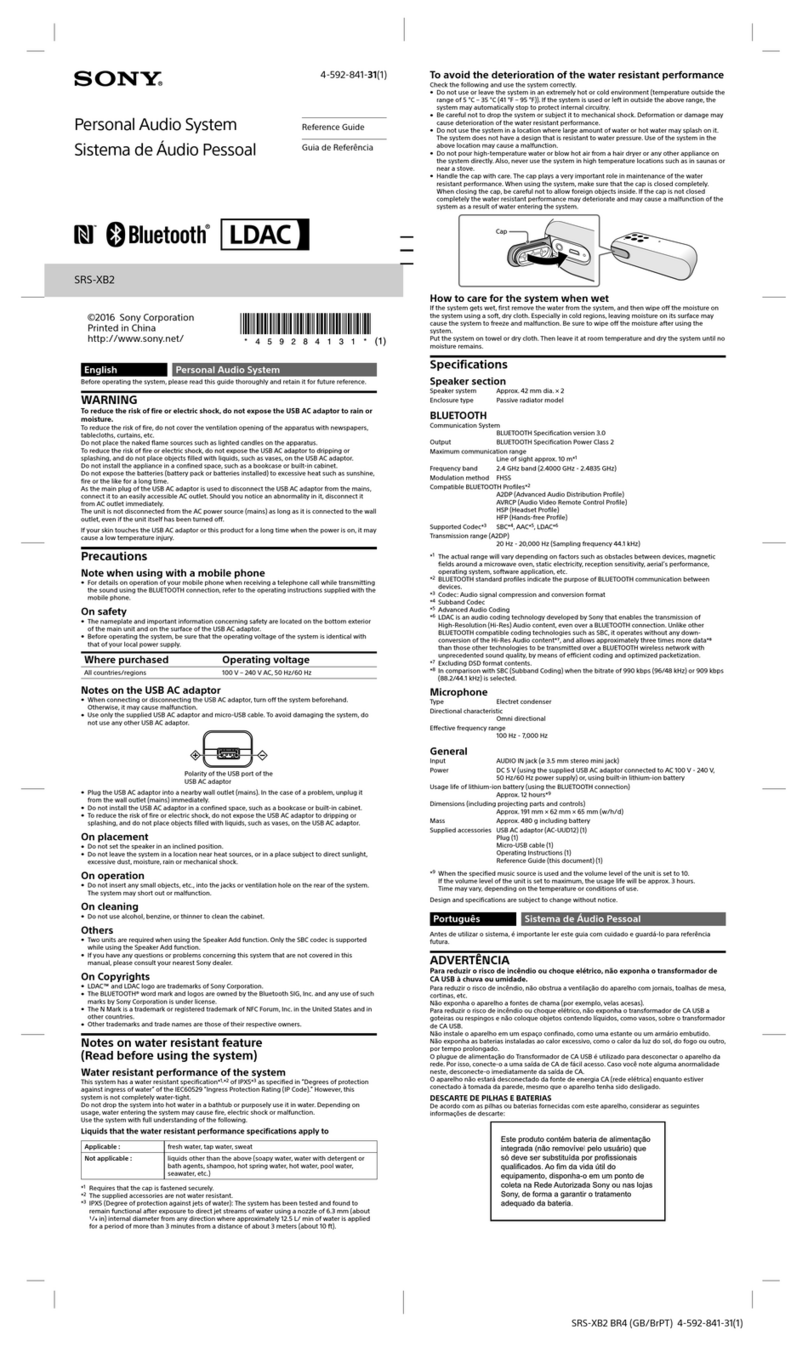
Sony
Sony SRS-XB2 User manual
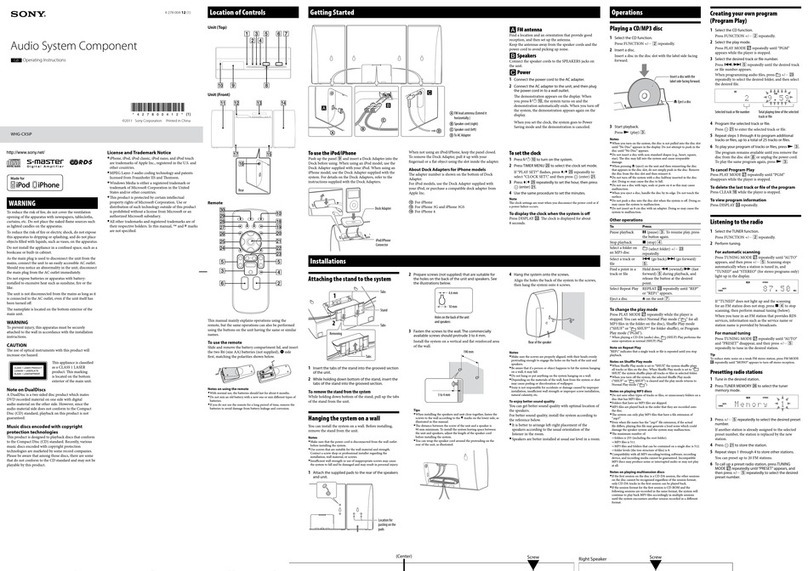
Sony
Sony WHG-CX5iP User manual
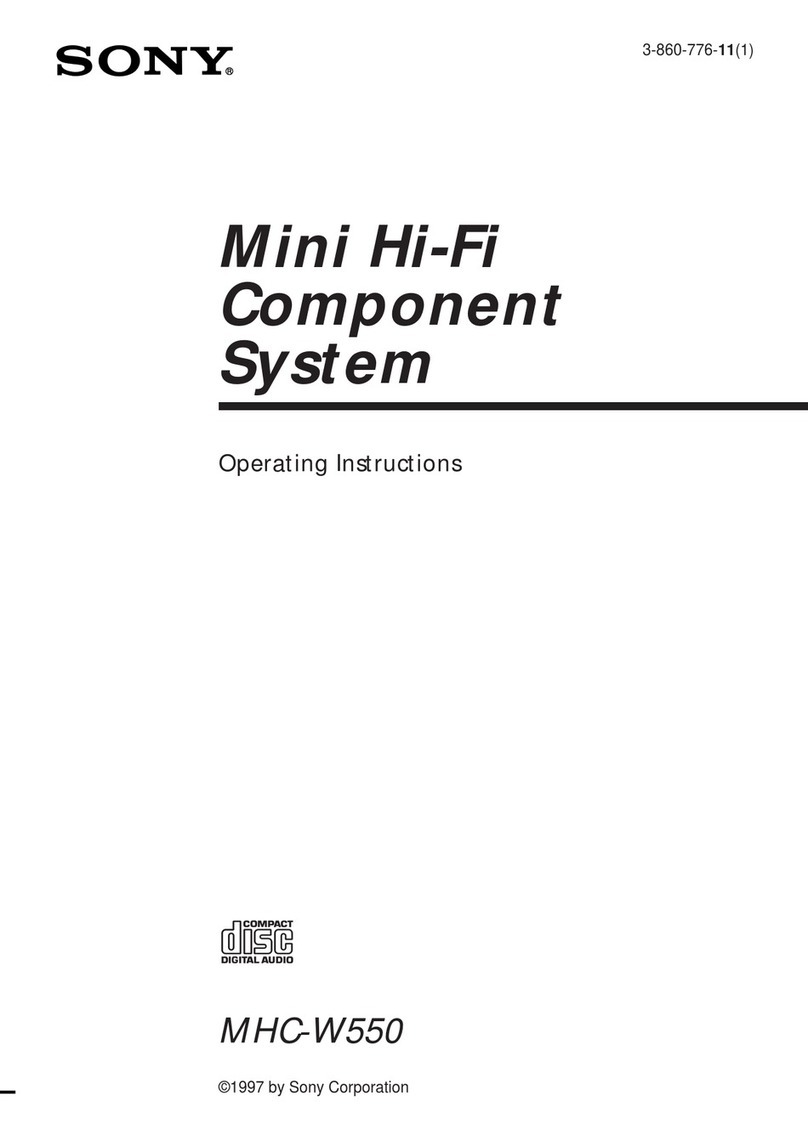
Sony
Sony MHC-W550 User manual

Sony
Sony HCD-VA550 User manual
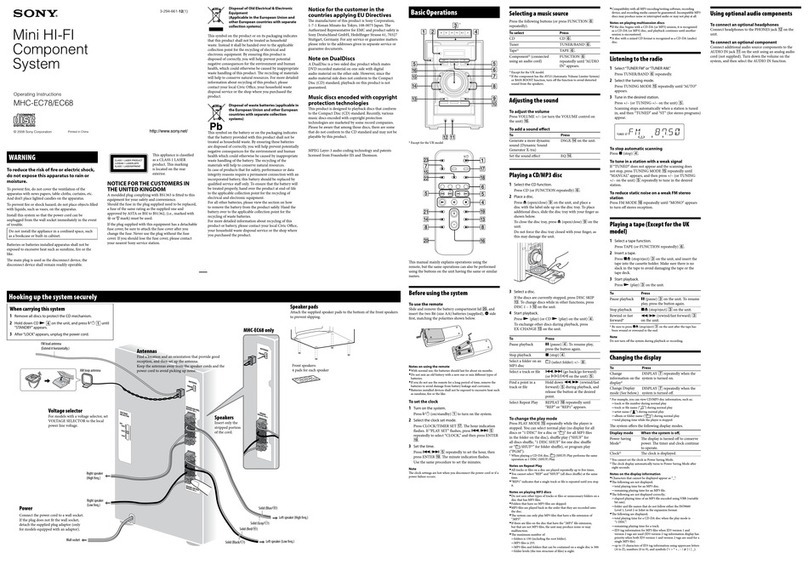
Sony
Sony MHC-EC68 User manual

Sony
Sony HCD-GN700 User manual
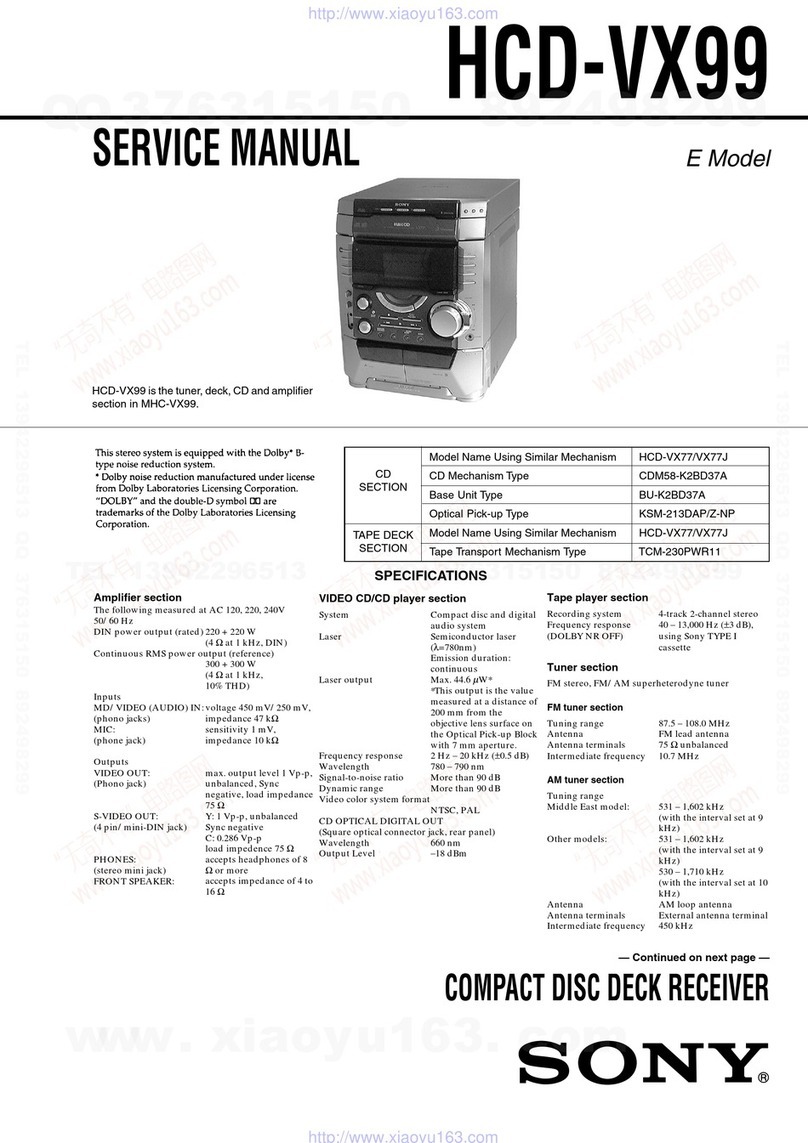
Sony
Sony HCD-VX99 User manual

Sony
Sony HCD-DR3 User manual
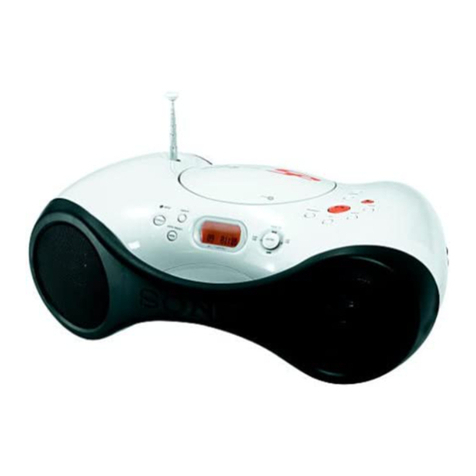
Sony
Sony ZS-X3CP Marketing Specifications & Features User manual
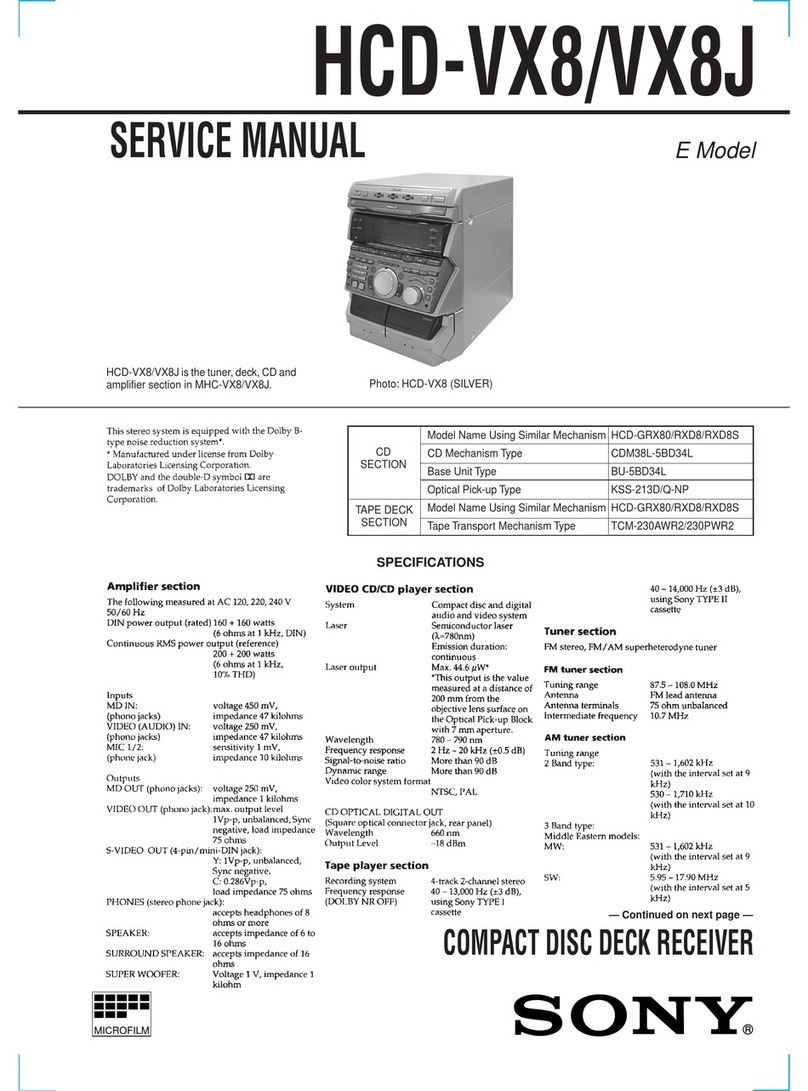
Sony
Sony HCD-VX8 User manual

Sony
Sony LBT-V8900AV User manual

Sony
Sony MHC-V700 User manual
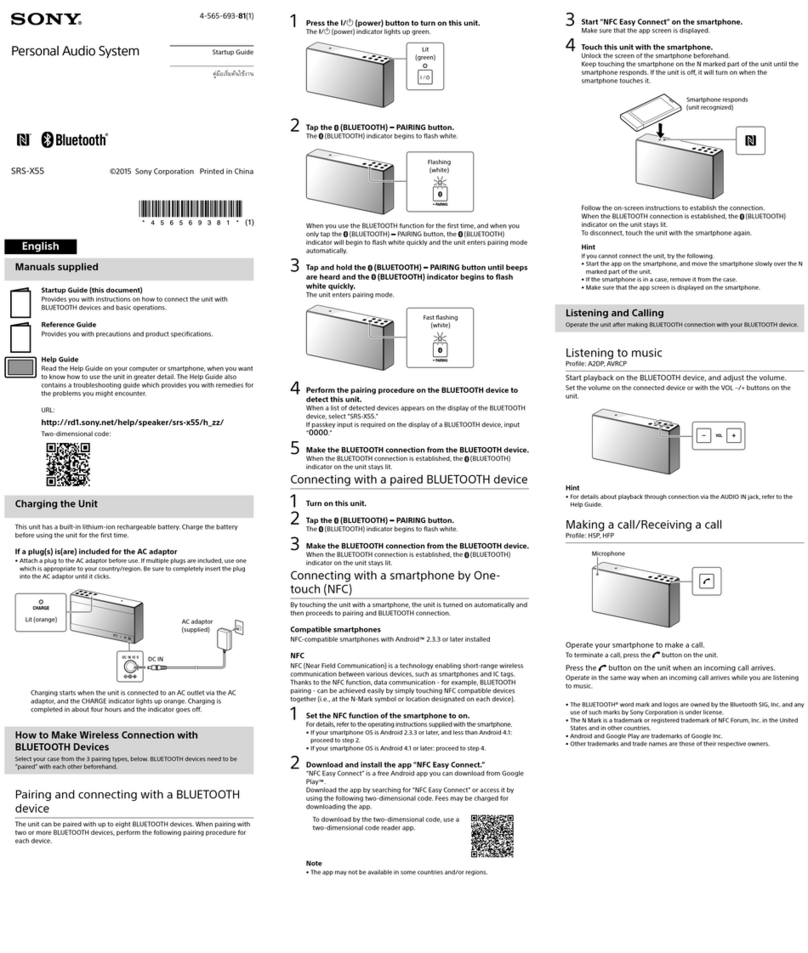
Sony
Sony SRS-X55 User manual

Sony
Sony MEX-GS810BH User manual

